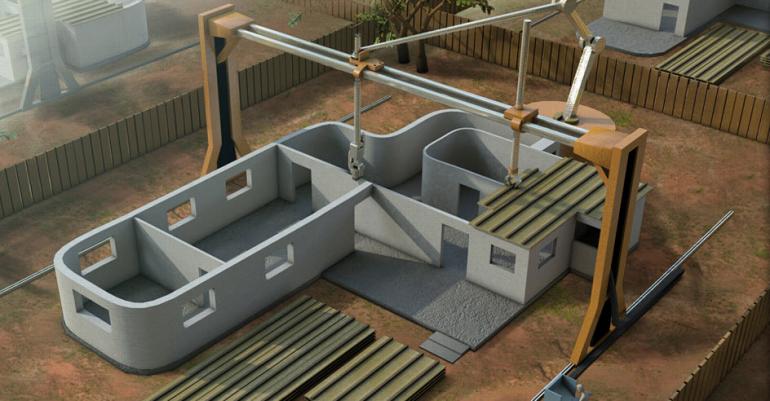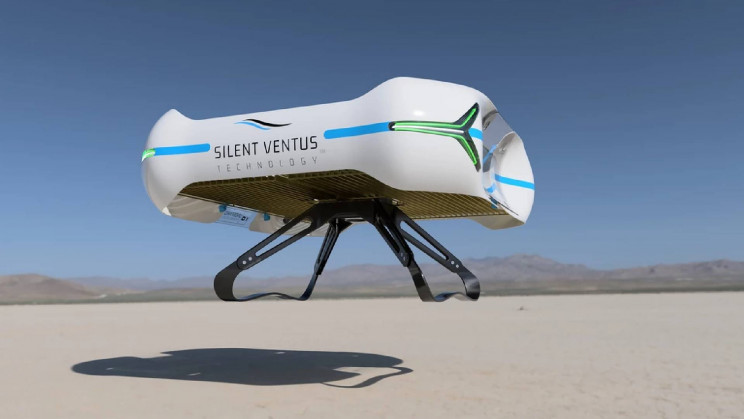There is no doubt about the fact that 3D printed buildings are the future of the construction world. This belief was further reinforced by the CEO of Alphabet, Eric Schmidt, who announced that the company has been investing in the research and development of additive manufacturing processes, which would result in revolutionizing the future of the construction industry. The use of 3D printing in construction that seemed like a dream a few years back is now turning into a reality.
The 3D printing construction technology involves the use of giant sized printers. There is a special kind of concrete that is being used in this type of construction process, which may be thicker than usual, allowing the structures to be self-supporting. The use of this technology will change the structure of the construction industry as it will increase affordability, providing people with housing facilities at lower costs.
Winsun, a Chinese construction company, claims to have built ten houses with the help of 3D printers, where the cost incurred per house was $5,000. 3D printed construction can, however, be made more affordable by customizing the designs of the buildings, so that minimum materials are used. The company took the challenge of taking this construction to the next level, where it moved from single storey houses to five storeys and then an 11,840 sq.ft villa. The printer that was used by the company fabricates huge parts of the buildings at the facility.
These pieces are then assembled by the company together with the help of steel reinforcements.
Recently, there has been so much fuss being created about the infusion of 3D printed construction because the construction giants have realized the tremendous impact of this new technology on the overall growth of the sector.
There is a Tennessee-based company named Chattanooga that has announced that it will construct its first 3D printed home by July. The company, to further enforce this practice in the industry, introduced “Freeform Home Design Challenge,” where architects were invited to design a construction piece with the help of the Cellular Fabrication Technique being used in 3D printed construction.
However, while everyone is talking about the way 3D construction is going to transform the world, there are still some drawbacks and challenges associated with this new innovation that need to be addressed. The end product of 3D construction is cheap, but still, the cost of equipment is higher, which makes construction expensive. The cost of this construction technology does not seem to be decreasing anytime soon either.
Another barrier to the adoption of this technology is the desire to sit back and wait for it to be proven as a safe and reliable method of building things. Although the change that 3D printed construction will bring to the industry will be enormous, for now, it is slow. It can be anticipated by the growth of ongoing projects that the use of 3D printing technology is going to be “ONE BIG THING,” by the end of the decade.








